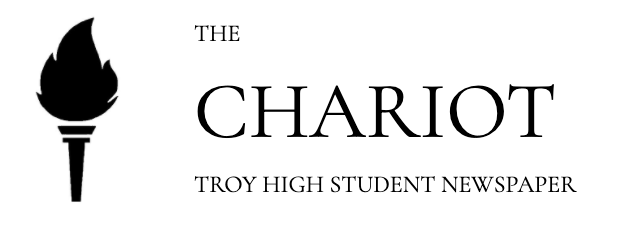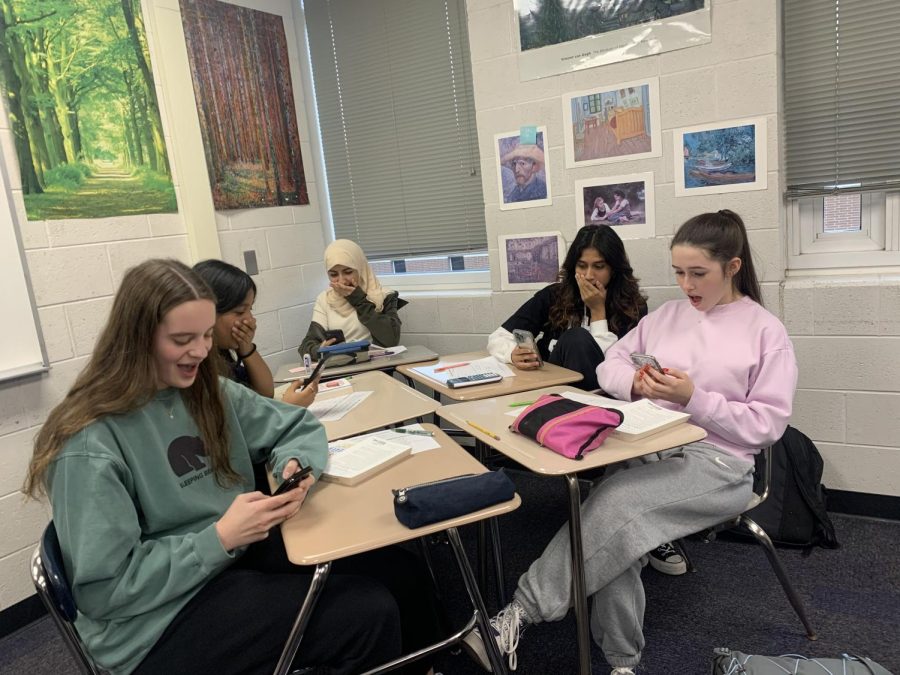Musk’s Twitter Takeover
Elon Musk buys Twitter and starts making substantial changes to the social media platform.
Billionaire Elon Musk has owned Twitter for over six weeks. This comes after a tumultuous year of backing out on his original offer to purchase Twitter, a lawsuit by Twitter to force Musk to honor the deal, accusations about misrepresented information and general uncertainty about whether or not one of the top social media platforms would become part of his vast collection of companies.
Elena Wollborg, Troy High School’s Business & Marketing teacher said that “Twitter definitely needed help.” She refers to Jack Dorsey, the co-founder and former Chief Executive Officer, who began to shift his attention to other projects.
As the new owner, Musk pledged his commitment to promote free speech by facilitating the exchange of ideas without restraint.
Musk began his term as Chief Executive Officer by issuing resignation slips. He fired Twitter’s executive leadership including Chief Operating Officer Parag Agrawal, Chief Financial Officer Ned Segal and Vijaya Gadde Head of Legal, Policy and Trust Services. According to the New York Times, an additional 3,700 employees, mostly engineers, were terminated as of Nov. 18. Musk appeared to reverse this decision for a few key employees who were still needed in late November.
In addition to the layoffs, 1,200 employees submitted their resignations in November after Musk issued his requirements. Some of the work requirements included working long hours under a demanding schedule, a return to the office instead of working remotely, preparing weekly updates of their work products for review and submitting it to productivity tracking.
One of Musk’s first initiatives was to offer a new version of the “blue check,” a symbol which is used to indicate verification that the user account is represented under a paid program called Twitter Blue. Previously, under Dorsey’s leadership, the “blue check” was only available for public figures after a careful review of these users by Twitter staff. Now, under Musk, any account user who is willing to pay $8 a month automatically receives a blue check mark. This has resulted in numerous fraudulent accounts. For example, someone claiming to represent leading pharmaceutical company Eli Lilly tweeted, “We are excited to announce that insulin is free now.” As this was a false statement, the official Eli Lilly company issued a correction statement and pulled all advertisements from Twitter. After complaints from real users who were victims of impersonation and a series of companies pulling advertising from the social media platform, Twitter made the ultimate decision to suspend this recently launched feature.
While Junior Catherine Sivier doesn’t describe herself as an avid Twitter user, she admits, “I do get a lot of my information from there.” She recognized immediately that the structure of Twitter Blue with its paid “blue check marks” undermined the accuracy and quality of the information people see, since anyone could pay for verification and say anything. “It alienates the whole purpose of a verification if people can pay,” Sivier added.
On Nov. 25, Twitter announced the re-launch of the modified Twitter Blue verification system that will debut in early December. Twitter Blue will require manual verification of user accounts by Twitter staff and assign color-coded verification check marks to differentiate different types of verified accounts. For example, blue verification check marks will denote a verified user who is a celebrity and a gray verification check mark will indicate an authentic government account. Companies will have a gold check mark that provides assurance that it is a trusted account.
Hate speech has risen by 53 percent when compared to the 2022 total average since the takeover by Musk, as reported in a recent study completed by Center for Countering Digital Hate. Companies continue to express concern about the proliferation of hate content across the social media platform. Half of Twitter’s top 100 advertisers including Coca-Cola, Audi, Ford Motor Company, and General Mills have stopped advertising on Twitter, according to a report published by nonprofit watchdog group Media Matters for America
Musk reinstated user accounts for people who were previously banned, including former President Donald Trump and Andrew Tate, former professional kickboxer and conservative influencer.
Wollborg commented, “There’s freedom of speech, but there is not freedom from consequence.”
Twitter users continue to watch how Musk manages Twitter and implements new programs into the social media platform.
Your donation will support the student journalists of Troy High School - MI. Your contribution will allow us to print our work, purchase equipment and cover our annual website hosting costs.


